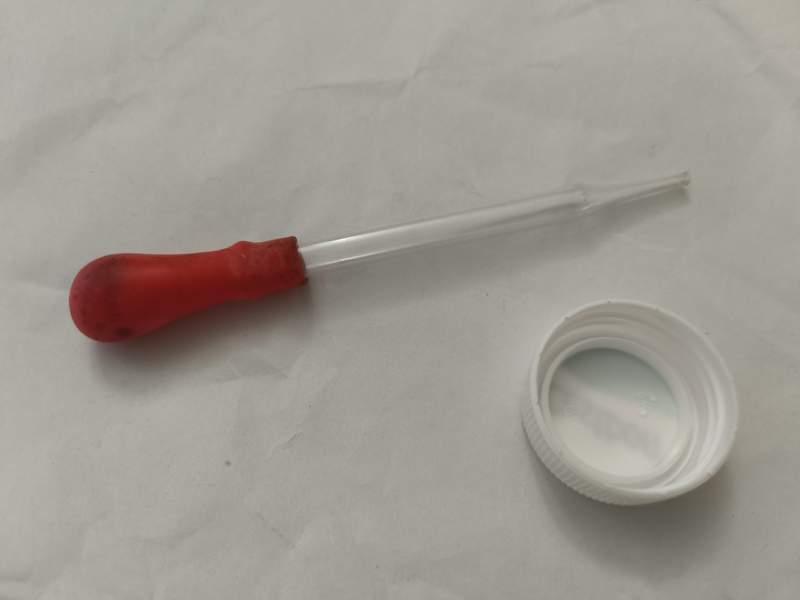I once bought a budgerigar that was about three months old. After bringing it home, I noticed that its head was slightly tilted. A few days later, its head twisted 180 degrees upward, forming a very bizarre posture. After researching extensively, I found that the possible reasons for such symptoms in budgerigars are as follows:
- Viral/bacterial infection, most likely otitis media, which damages the cranial nerves: Consult a veterinarian. If it is otitis media, the veterinarian may prescribe antibiotics such as Enrofloxacin, Amoxicillin-Clavulanic Acid, or Doxycycline.
- Heavy metal poisoning (e.g., zinc, lead): The veterinarian may use chelating agents (such as EDTA) to bind the heavy metals in the blood and assist detoxification through supportive therapy.
- Head trauma from hitting hard objects, such as glass, wooden boards, or getting stuck in cage bars, leading to brain injury or inner ear bleeding that affects balance: Some netizens have encountered this situation. Generally, it involves maintaining nutritional support. If the bird cannot eat on its own, consider force-feeding with parrot formula or glucose water. If the injury is not too severe, it may recover within a week. If possible, still consult a veterinarian.
- Growth defects leading to a deficiency in B vitamins (especially B1) or vitamin E: Severe deficiency in these vitamins can directly cause nervous system disorders. Administer B vitamins or vitamin E drops. Since most people find it difficult to seek veterinary help, they often treat the “head twisting upward” symptom as a deficiency of B vitamins or vitamin E. This is a last-resort effort to save the bird.

My budgerigar was only about three months old, and the symptoms developed gradually. It started with a slight head tilt, and a few days later, the head twisted 180 degrees upward. Despite the strange posture, it could still eat. Therefore, I believed it was no.4 case mentioned above. I administered drops of B vitamin solution (sometimes replaced with a multivitamin solution) and also gave vitamin E drops. After about two to three weeks, there was improvement—the head no longer twisted upward, but the condition would recur, especially when the bird was sick or uncomfortable, and the symptoms would quickly reappear with the head twisting again. After raising it for over a year, its head remained tilted upward most of the time. (It later died from a chlamydiosis infection caused by a rat biting the birdcage.)
Regarding this fourth case, descriptions from different pet owners vary. Some reported improvement within days after administering B vitamin/vitamin E drops, with occasional recurrences but overall recovery. Others experienced recovery, but the condition recurred and became difficult to treat with the same method again. Generally, the condition is not fatal, but the bird’s lifespan may be significantly shortened.
Note:
1.The B vitamin/vitamin E solution I mentioned involves dissolving B vitamin tablets (or capsules) in water. Vitamin E is typically in soybean oil capsules, which are difficult to dissolve in water, but tablet forms of vitamin E are also available and can be ground into powder and dissolved in water.
2.The tools I used to administer drops to my budgerigar were a laboratory dropper and a plastic bottle cap. You can choose suitable tools and methods based on your circumstances. You may also consider adding the relevant solution to the drinking water container of the birdcage, though I am uncertain whether the bird would ingest sufficient amounts of the required elements through ordinary drinking. When using a dropper or soft tube, ensure it is directed downward into the parrot’s mouth a little deeper to prevent aspiration. If accidental aspiration occurs and a small amount of liquid enters the lungs, allowing the bird to rest quietly for a few days is generally sufficient, as the lungs can reabsorb/handle a small amount of fluid. This approach is a last resort—while consulting a veterinarian is ideal, many people are unable to find appropriate veterinary care or afford the cost of treatment.
